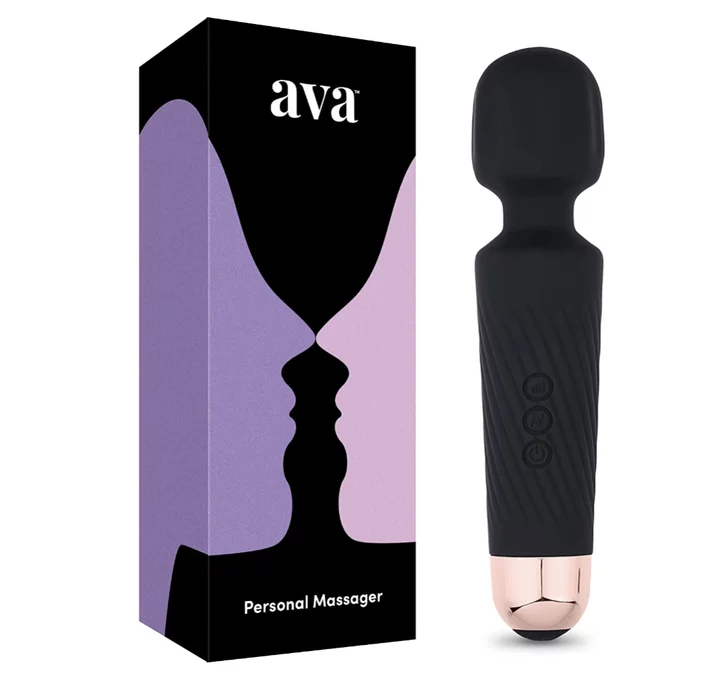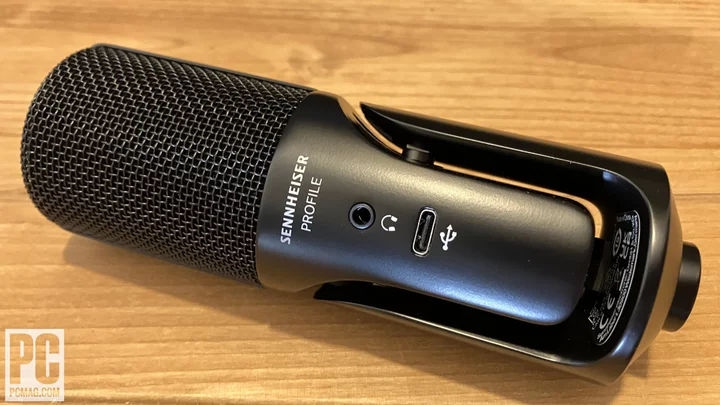While the previous Lexar internal solid-state drives we have reviewed—the Lexar NM610 and NM620—are rather mediocre PCI Express 3.0 SSDs, the Lexar NM790 (starts at $49.99 for 512GB; $209.99 for 4TB as tested) is an entirely different beast. The NM790 employs a DRAM-less architecture to keep its price down and reduce power consumption, and comes in a wide range of capacities. It did well on our benchmarks, too, though not as well as the Editors' Choice-winning WD Black SN850X.
A Capacious Stick
The NM790 is a PCIe 4x4 drive manufactured on an M.2 Type-2280 (80mm long) "gumstick" printed circuit board. It employs the NVMe 1.4 protocol over the PCIe 4.0 bus. The drive combines 232-layer TLC NAND flash with a controller from Maxio Techology, a Chinese company that designs inexpensive controllers for SSDs. (Check out our glossary of SSD terms if some of this jargon is new to you.)
The controller eschews the DRAM cache used by some pricier drives, instead enlisting your PC's main memory as a host memory buffer (HMB). This makes the NM790 the latest of a growing number of recent M.2 drives to employ DRAM-less architecture; others include the WD Black SN770, the ADATA XPG Atom 50, and the WD Blue SN570. DRAM-less architecture reduces a drive's cost, but it can theoretically hurt performance, too, although we have not seen any real evidence of performance problems in benchmarking the NM790 or the aforementioned drives.
According to Lexar, the NM790 consumes 40% less power than DRAM-cache-enabled PCIe 4.0 SSDs, and has good thermal control—though it lacks a heatsink, which we still recommend for any PCI Express 4.0 drive. You can buy a third-party heatsink, or alternatively, opt for a high-performance SSD with a preinstalled heatsink, such as the Samsung SSD 990 Pro with Heatsink, or the SN850X. Lexar says the NM790 is compatible with the Sony PlayStation 5, and it meets Sony's requirements for use with that console.
The NM790 comes in four capacities ranging from 512GB to 4TB, and is priced competitively for a PCIe 4.0 SSD of its rated speeds. Many SSDs max out at 2TB; for those that offer higher capacities, you often have to pay a premium per gigabyte for them. That's not so with the NM790, whose 4TB model costs slightly less per GB than the 2TB stick.
The NM790's durability ratings (expressed in terms of lifetime write capacity in total terabytes written or TBW) are a bit better than many PCIe 4.0 speedsters, particularly at its smaller capacities. The Samsung SSD 990 Pro, the Crucial P5 Plus, and the WD Black SN850X are rated at 600TBW and 1,200TBW for 1TB and 2TB respectively. A handful of PCI Express 4.0 drives offer substantially higher durability ratings; the MSI Spatium M470, for example, is rated at 1,600TBW for 1TB and 3,300TBW for 2TB. At the other extreme, the Mushkin Delta, which uses less-durable QLC memory, is rated at just 200TBW for 1TB, 400TBW for 2TB, and 800TBW for 4TB.
The terabytes-written spec is a manufacturer's estimate of how much data can be written to a drive before some cells begin to fail and get taken out of service. Lexar warranties the NM790 for five years or until you hit the rated TBW figure in data writes, whichever comes first.
(Credit: Molly Flores)Unlike many elite PCIe 4.0 SSDs, including the Editors' Choice-award-winning SK Hynix Platinum P41, the NM790 does not support AES hardware-based encryption.
Testing the Lexar NM790: Above-Par Speed
We test PCIe 4.0 internal SSDs using a desktop testbed with an MSI X570 motherboard and AMD Ryzen CPU, 16GB of Corsair Dominator DDR4 memory clocked to 3,600MHz, and an Nvidia GeForce discrete graphics card. We put the Legend 960 through our usual internal solid-state drive benchmarks, comprising Crystal DiskMark 6.0 and PCMark 10 Storage, as well as a relatively new test, UL's 3DMark Storage Benchmark, which measures a drive's performance in a number of gaming-related tasks.
As the NM790 lacks a heat sink, we tested it using the M.2 SSD heat sink included with our testbed's motherboard.
Crystal DiskMark's sequential speed tests provide a traditional measure of drive throughput, simulating best-case, straight-line transfers of large files.
The Lexar NM790 effectively matched its sequential read and write speed ratings in Crystal DiskMark testing, just topping its read-speed rating and falling just short in write speed. That's really all we ask of a drive; the test is essentially a reality check on the vendor's speed ratings. Crystal DiskMark's 4K (or "random read/write") tests simulate typical processes involved in program/game loads or bootup sequences. In both 4K read and write testing, the Lexar NM790's scores were near the top of our comparison group of elite PCIe 4.0 SSDs; it had the second-highest 4K write score (roughly tied with the 2TB Kingston Fury Renegade), though it was well behind the leader, the WD Black SN850X.
(Credit: Molly Flores)The PCMark 10 Overall Storage test measures a drive's speed in performing a variety of routine tasks such as launching Windows, loading games and creative applications, and copying both small and large files. The NM790's PCMark 10 Overall score was near the top of our comparison group, lagging only the Samsung SSD 990 Pro and the SK Hynix Platinum P41.
The NM790's results in PCMark trace testing, which evaluate some of the individual components that go into the overall score, were generally good. Highlights included high scores among our group in Windows booting, Adobe Photoshop launching, and Call of Duty Black Ops 4 launching. The drive did nearly as well in Adobe Premiere Pro launching. It had one of the lowest scores in the small-file copying trace, and a middling score in the ISO (large-file) copy test.
In the 3DMark Storage benchmark, which measures a drive's proficiency in a variety of gaming-related tasks, the NM790's results were in the middle of a narrow range of scores that marked the second tier of comparison drives, lagging the SK Hynix P41 and—by a greater margin—the WD Black SN850X.
Verdict: Many Terabytes, Few Dollars, No DRAM
Like other DRAM-less solid-state drives we have reviewed, the Lexar NM790 is more cost-effective than many SSDs whose controllers have a DRAM cache. The NM790 also has relatively high durability (TBW) ratings, particularly at its lower (512GB and 1TB) capacities.
(Credit: Molly Flores)Most important, the NM790 has the throughput speeds we expect of a high-performance PCIe 4.0 stick. It aced our Adobe program and Windows launching tests and put up good numbers on our gaming benchmarks, although well below the WD Black SN850X in the gaming-centric 3DMark Storage test. And it comes in capacities up to 4TB without breaking the bank.









